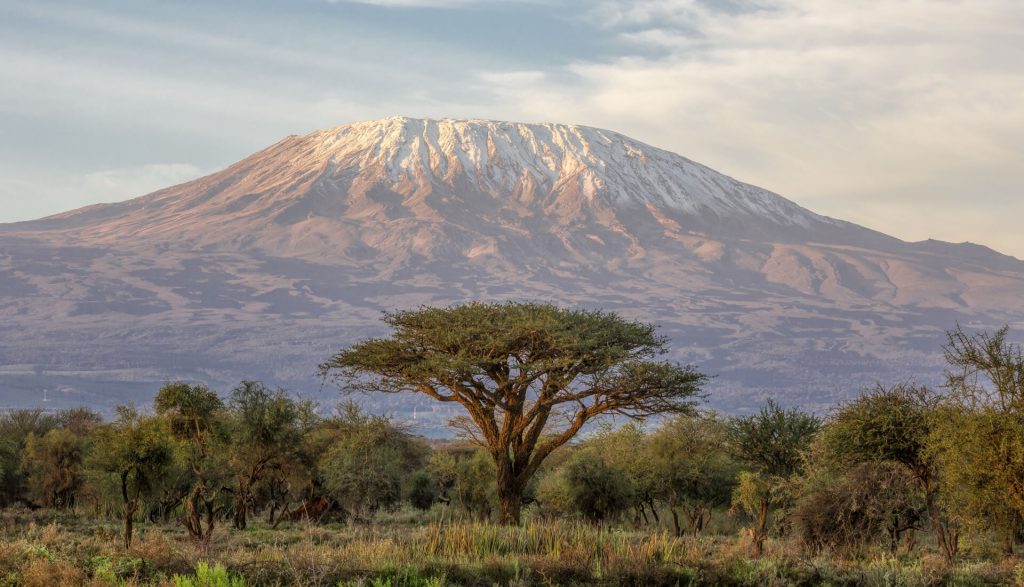Rising above the East African savannah, Mount Kilimanjaro is a natural wonder. The mountain’s name has captured the fascination of adventurers and explorers for generations. Its presence, ecosystems, and challenging ascent have earned it the reputation of being the „Roof of Africa.“

Source: www.mamuyasafaris.com
Located in Tanzania, Mount Kilimanjaro is the tallest freestanding mountain on Earth, rising to a height of 5,895 meters above sea level, the snow-capped summit of Uhuru Peak crowns the Kibo cone, attracting mountaineers from around the globe.
One of Kilimanjaro’s most incredible features is its remarkable ecological diversity. As climbers make their way up the mountain, they pass through a succession of distinct vegetation zones. The journey begins in the fertile cultivated lands at the mountain’s base, transitions into rainforests bursting with flora and fauna, and continues through heathlands and moorlands. As the altitude increases, the landscape changes to an alpine desert, before culminating in the arctic-like ice fields at the summit. This ecological wealth makes Kilimanjaro a haven for biodiversity and a UNESCO World Heritage Site.
For the Chagga people, who have inhabited the foothills of Kilimanjaro for centuries, the mountain holds deep cultural significance. They believe that their ancestors reside in the mountain, and they hold sacred rituals to honour and seek blessings from them. The Chagga people have developed a deep relationship with the mountain, and their knowledge of its ecology and weather patterns has been invaluable to trekkers attempting to conquer its heights.
Ascending Kilimanjaro is a physically and mentally demanding challenge, attracting adventure seekers and mountaineers of varying experience levels. There are several routes to the summit, each offering different landscapes and levels of difficulty. The most popular routes include the Marangu, Machame, Lemosho, and Rongai routes. Climbers face the risk of altitude sickness as they venture higher, which adds an element of danger to the trek. However, with proper acclimatization and a seasoned guide, many climbers successfully reach the „Roof of Africa.“
With its popularity, Kilimanjaro faces the challenge of responsible tourism and environmental preservation. Authorities and tour operators try implementing sustainable practices to protect the fragile ecosystems and maintain the natural allure of the mountain. Limiting the number of climbers, managing waste, and educating visitors about the significance of conservation play crucial roles in preserving this natural wonder for future generations to appreciate.



